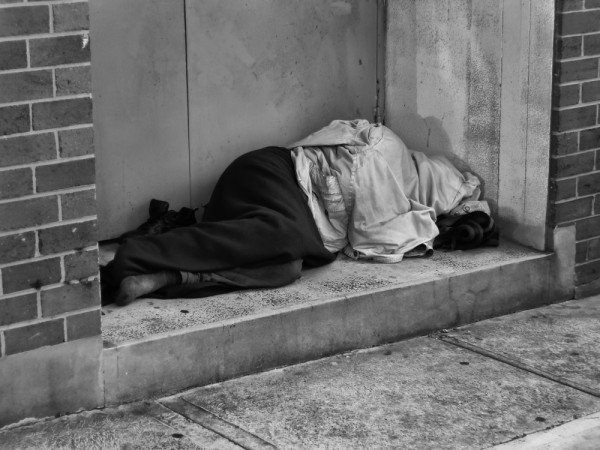Facing the End of Life Alone
By Betty R. Ferrell, PhD, RN
As Homeless Persons Near the End of Life
[S]tatistics about the US homeless population are staggering. More than a million people face homelessness each year in the United States, and these individuals often have multiple complex illnesses and comorbid mental health conditions. Orchestrating care for the homeless population poses significant challenges.
Little is known about the end-of-life (EOL) experiences of homeless persons. A major gap in knowledge exists regarding the symptoms experienced by homeless persons at or near the EOL—information that would help clinicians not only manage these symptoms but also assist homeless persons with advance care planning and decision-making around death and dying.
To characterize these symptoms, Tobey and colleagues[1] surveyed homeless persons at a medical respite program who were approaching the EOL. The demographic data derived from this study speak to the distinct palliative care needs of the homeless. Sociodemographic data from this study, showing that 60% had substance use disorders and 85% abused alcohol, will greatly affect the provision of care for this population. All homeless patients interviewed reported experiencing pain, and psychosocial needs were equally significant. Nearly all (95%) of the sample had experienced the death of a loved one, 25% worried daily about their own mortality, and 75% worried that no one would even know that they had died.
Viewpoint
The palliative care needs of various subgroups of people with serious illnesses are well documented in the literature, providing data about the unique physical and psychosocial needs of patients across many diagnoses and clinical settings.[2,3,4] The study by Tobey and colleagues adds to the body of literature by describing the distinct needs of the homeless population. The findings of this study provide insight for clinicians and for health policy administrators to attempt to meet the challenging needs of the homeless.
The study’s design was commendable. Direct interviews with homeless persons helped to understand their unique needs during their last months of life. The use of a medical respite center serving the homeless provided an ideal environment for the study.
Although the study sample size was small, the findings are rich in meaning and have implications far beyond the medical respite unit where the study was conducted. These findings will also apply to the many diverse settings where homeless persons seek care: public hospitals, emergency departments or urgent care centers, Veterans Affairs hospitals, and other settings.[5,6] Continued research and clinical advances in the care of the homeless are obligations of palliative care, a field committed to comfort and respect for all patients.
Complete Article HERE!

